Art, Archaeology and Cultural History of India
Academic appraisals of Indian art and architecture in the Western world have suffered from many of the same biases and prejudices that have infected analyses of Indian philosophy and culture. In the colonially constructed model, India was to be pigeon-holed as a land seeped in comprehensible mysticism – where religion dominated all aspects of social life, but unlike the ‘noble’ piousness of the Western world, India’s religious practices were often seen as bizarre and grotesque. Although the subcontinent has enjoyed a virtually uninterrupted history of developments in the realm of art and architecture, India has been either studiously ignored in compilations of ‘world’ art – or it has been represented by a very small and limited number of examples. Culture was defined earlier as the symbols, language, beliefs, values and artifacts that are part of any society. As this definition suggests, there are two basic components of culture: ideas and symbols on the one hand and artifacts in the other. The first type, called non-material culture, includes the values, beliefs, symbols and language that define a society. The second type, called material culture, includes all the society’s physical objects, such as its tools and technology, clothing, eating utensils and means of transportation. This book is an endeavour in providing students with sound information on Indian Art, Archaeology and Culture.
Get it now and save 10%
BECOME A MEMBER

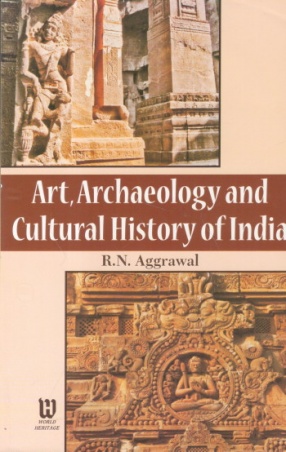
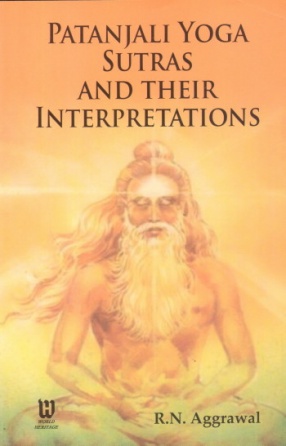



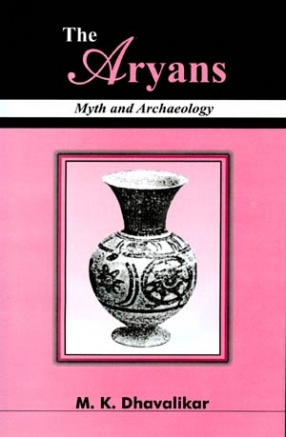
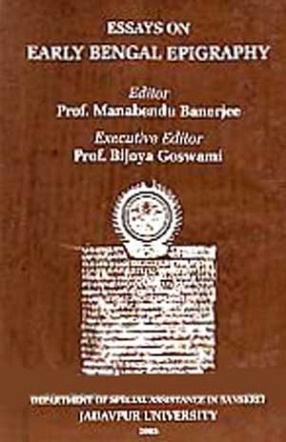
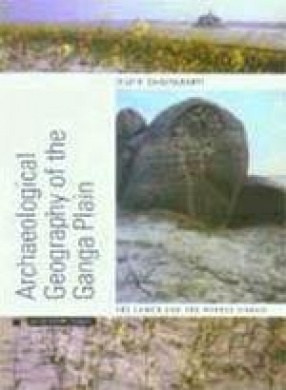
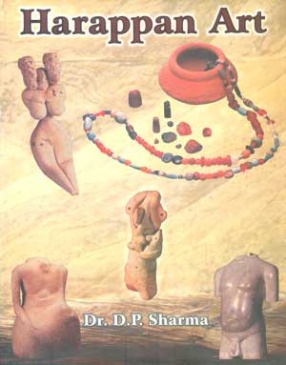

Bibliographic information